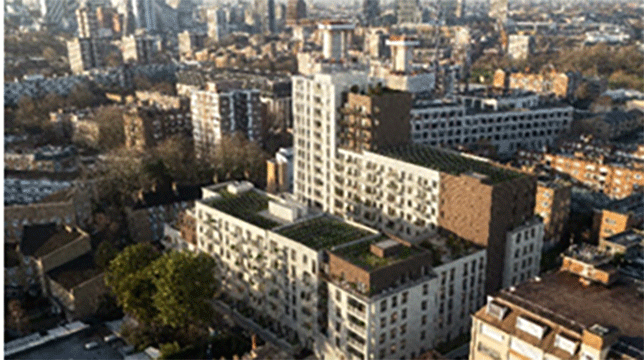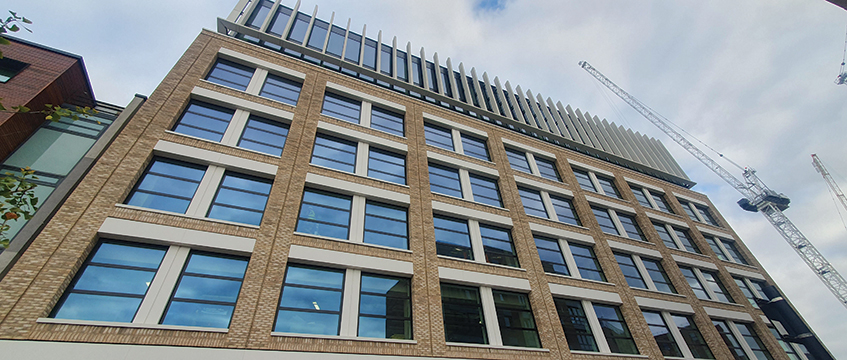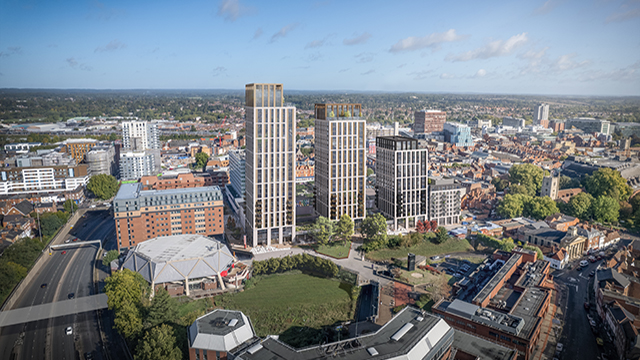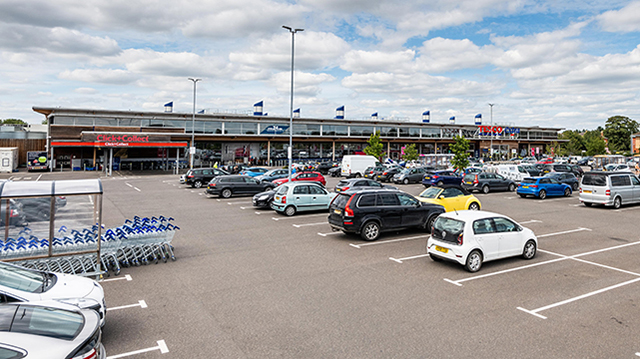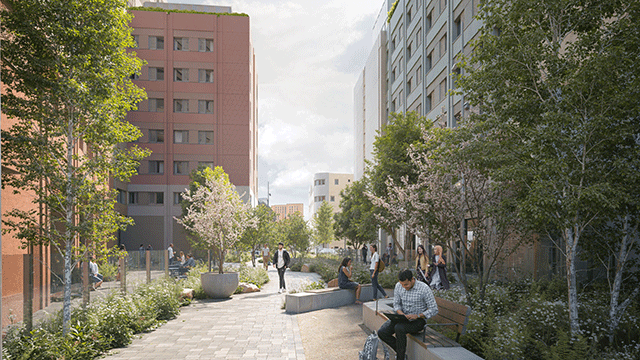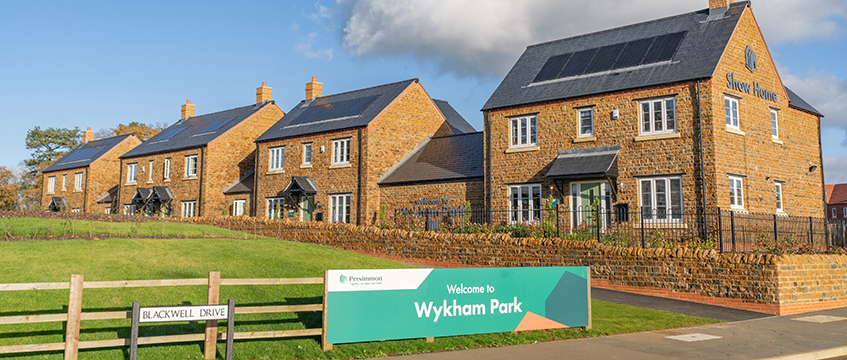Almost 16m sq ft of office space has been lost across England and Wales over the past year, amid the ongoing shake-up across the sector.
The “shrinkage” in space used as offices is equivalent to losing 1,200 Olympic-size swimming pools in just one year.
Analysis by property data provider Search Acumen lays bare the extent to which the office exodus has continued since the pandemic receded, prompted by factors including major shifts in working patterns and older office stock becoming sub-standard.
Using the latest Valuation Office Agency government dataset, it charts the reduction in office space over the past decade and shows the extent to which that decline has sped up in the last three years.
Post-pandemic, office space is nearly 53m sq ft smaller than before the pandemic, with 6% of space lost since 2019/20. Looking at the past two years alone, almost as much space has stopped being used as offices than in the previous eight years combined (34m sq ft versus 37m sq ft).
Unsurprisingly given its dominance of the UK office market, the City of London has experienced the largest decline by volume over the past year, with a decrease of 1.8m sq ft. It is followed by the City of Westminster at 1.3m sq ft and Manchester at more than 600,000 sq ft. However, these figures do not reflect the new office space planned or under construction.
A City of London Corporation spokesperson said: “We have an ambitious plan to future-proof the Square Mile through our City Plan 2040, which will deliver world-class office space for businesses to grow.
“Our own data, from March 2022, shows that 515,000 sq m of office floorspace was under construction – and a further 500,000 had planning permission.
“Loss of office space in some instances would only be temporary, as buildings are being refurbished, or demolished and then replaced with new office space.”
Nearly half of the top 10 areas which experienced the greatest reduction in floorspace are in London, including Hillingdon and Tower Hamlets.
Andy Sommerville, director at Search Acumen, said: “Search Acumen’s analysis suggests office space was declining even before the onset of the pandemic as the use of flexible and remote working spread.
“Having staff work from home more often has hugely accelerated this trend and the end of pandemic restrictions has done little to slow the rate of decline, with office space disappearing almost four times as fast in the last two years as the previous eight.”
He added: “Workers have largely maintained productivity levels despite new hybrid working patterns, which will discourage some firms from reverting back to full-time office mandates. This could also trigger firms to cut their real estate footprint even further or diversify their model through co-working spaces. As office requirements continue to evolve, quality office space over quantity remains today’s dominant trend.”
Sommerville said office-to-resi conversions were likely to continue to rise in response to these shifts and the ongoing housing shortage.
“Office-to-apartment conversions are steadily on the rise to address housing shortages across UK city centres, in which their location and build type can lend itself well to a mixture of tenures such as build-to-rent.
“The aftermath of widespread changes to the working environment is set to play out over coming years, with change of use cases for office structures no longer in use continuing to expand,” he said.
Looking at percentage changes in office floorspace over the last year, it is inevitably the much smaller markets that have experienced the sharpest change. Hart in Hampshire, Hastings in East Sussex and Worthing in West Sussex show the sharpest percentage falls.
Similarly, there have been significant percentage increases in some smaller markets, such as Broxborne in Hertfordshire, Gosport in Hampshire and Torfaen in south-east Wales.
To send feedback, e-mail julia.cahill@eg.co.uk or tweet @EGJuliaC or @EGPropertyNews




